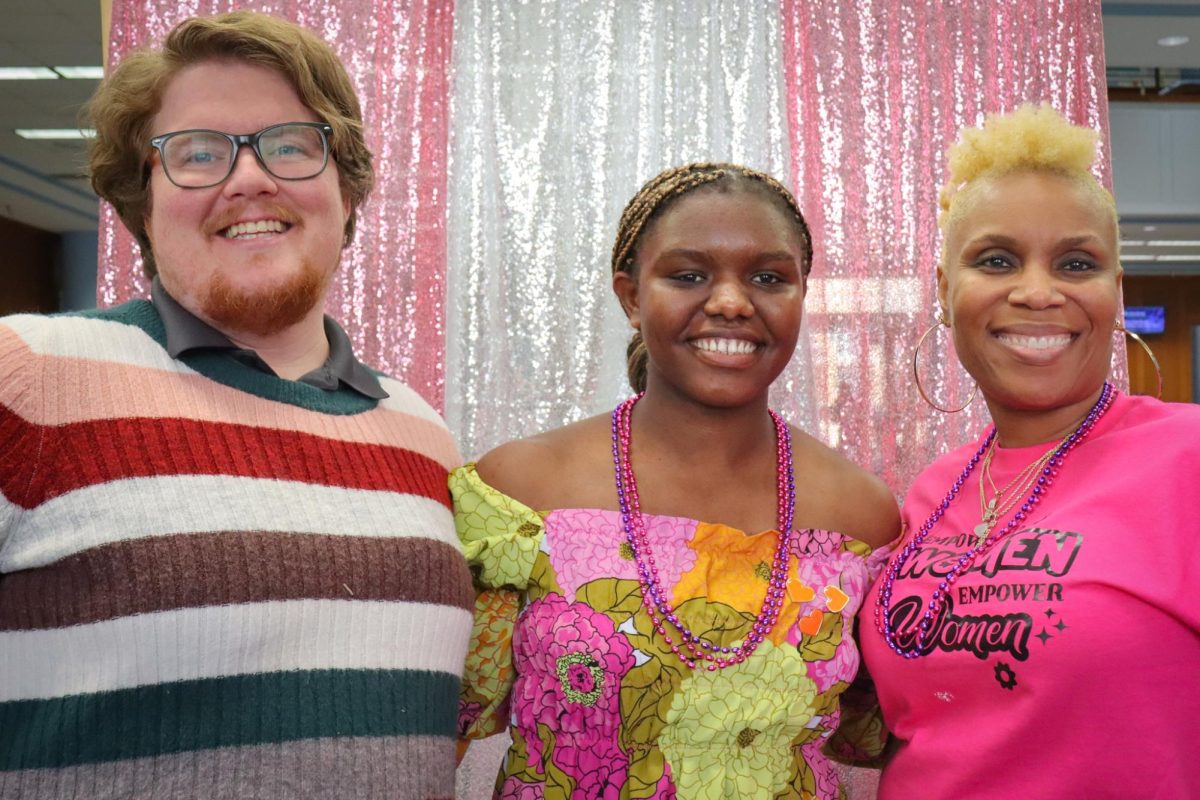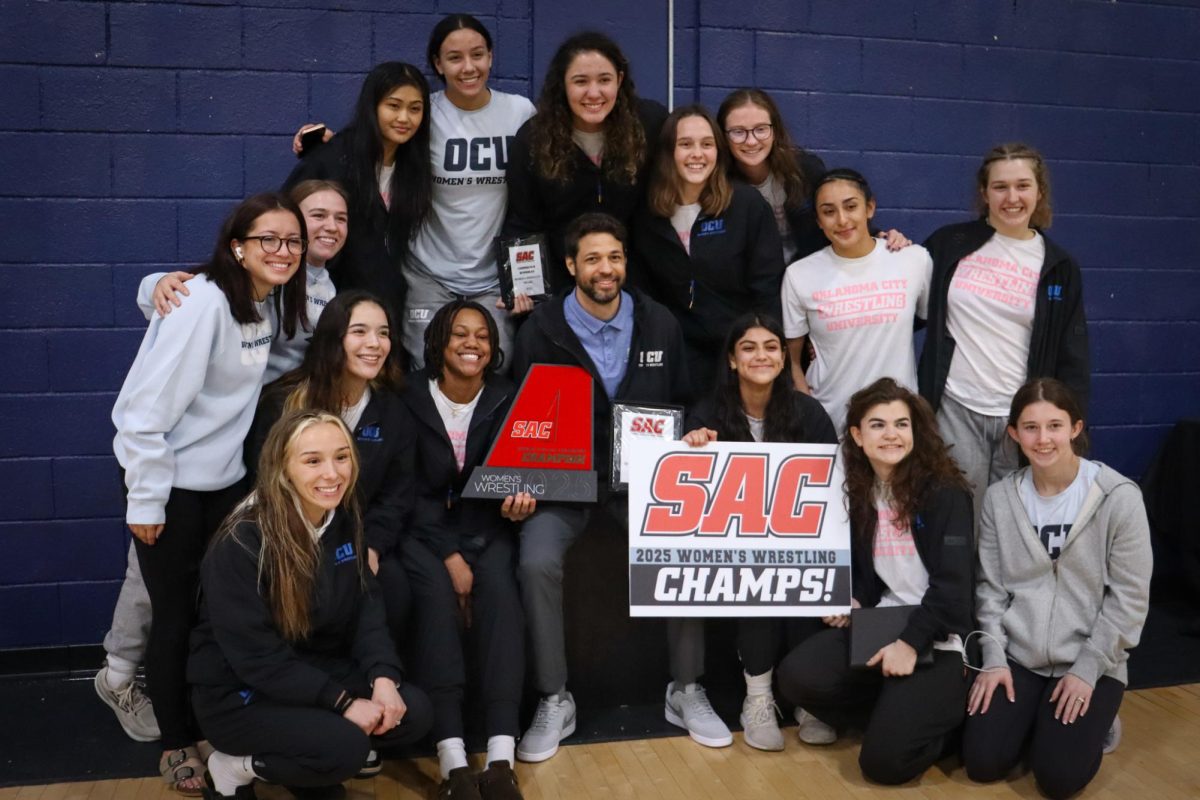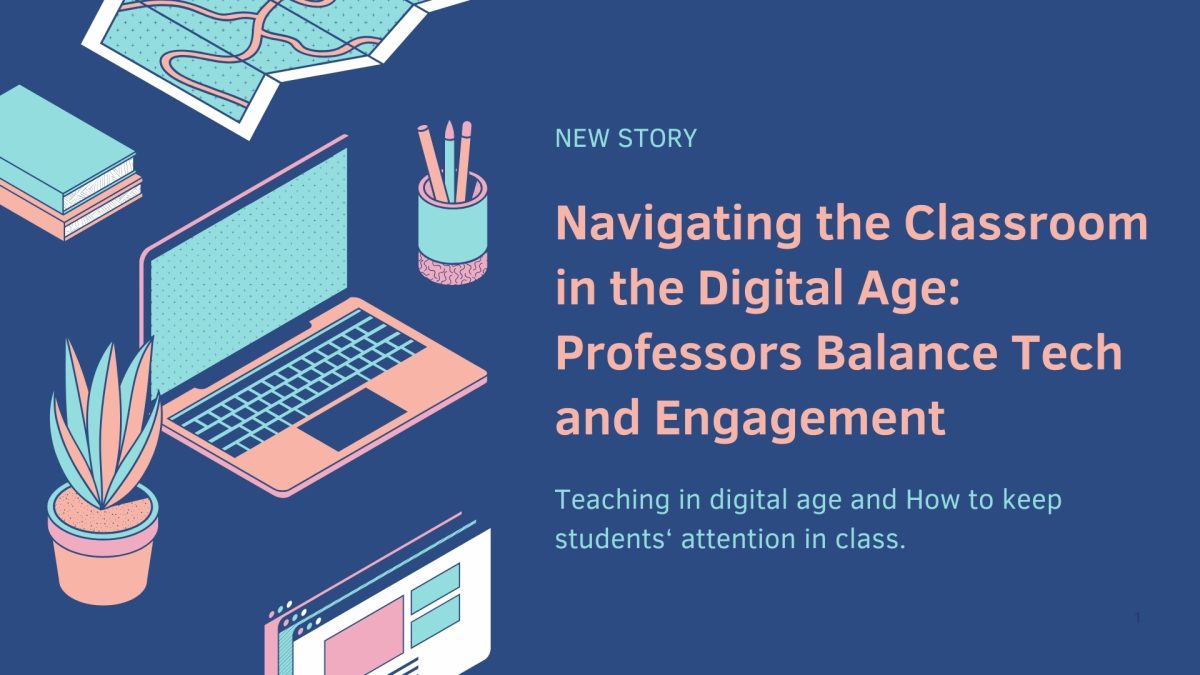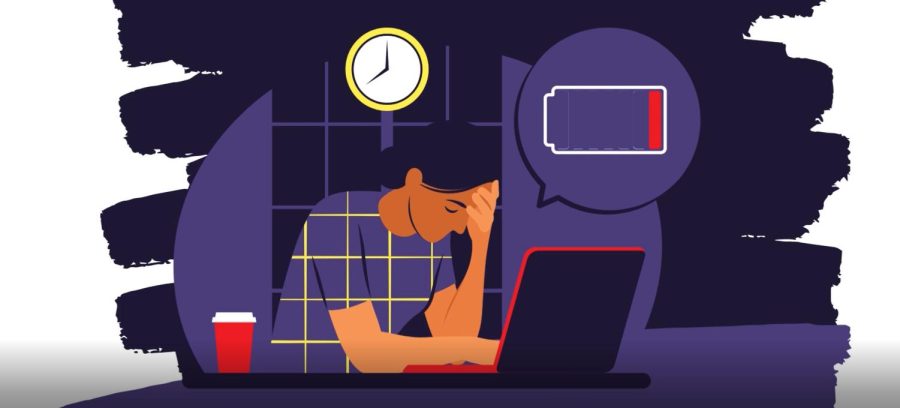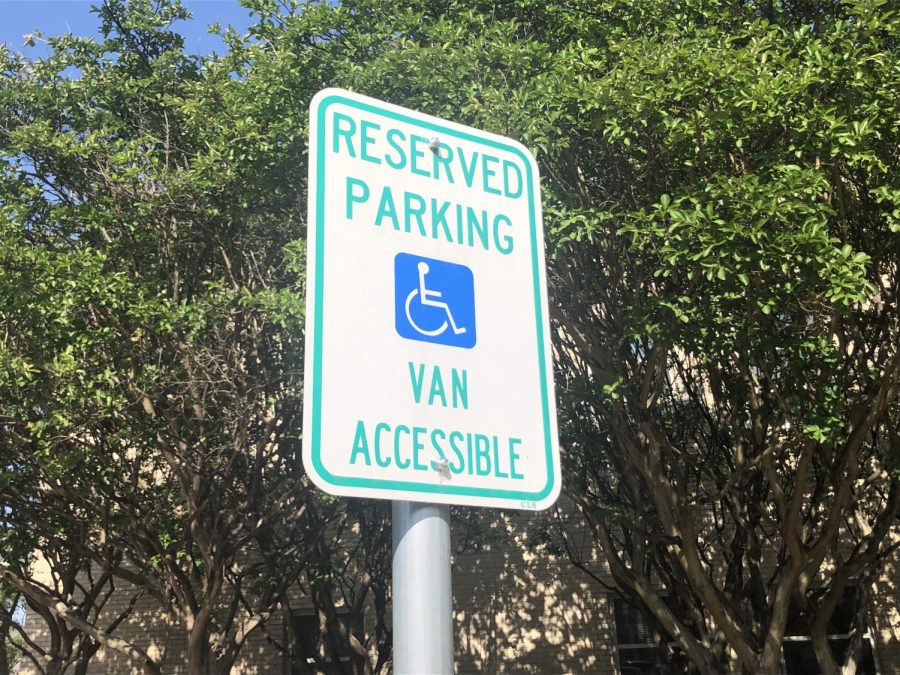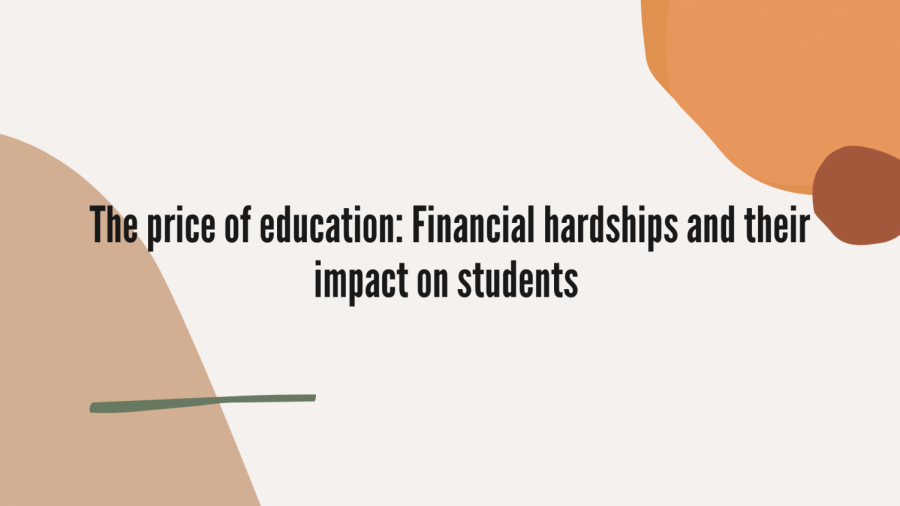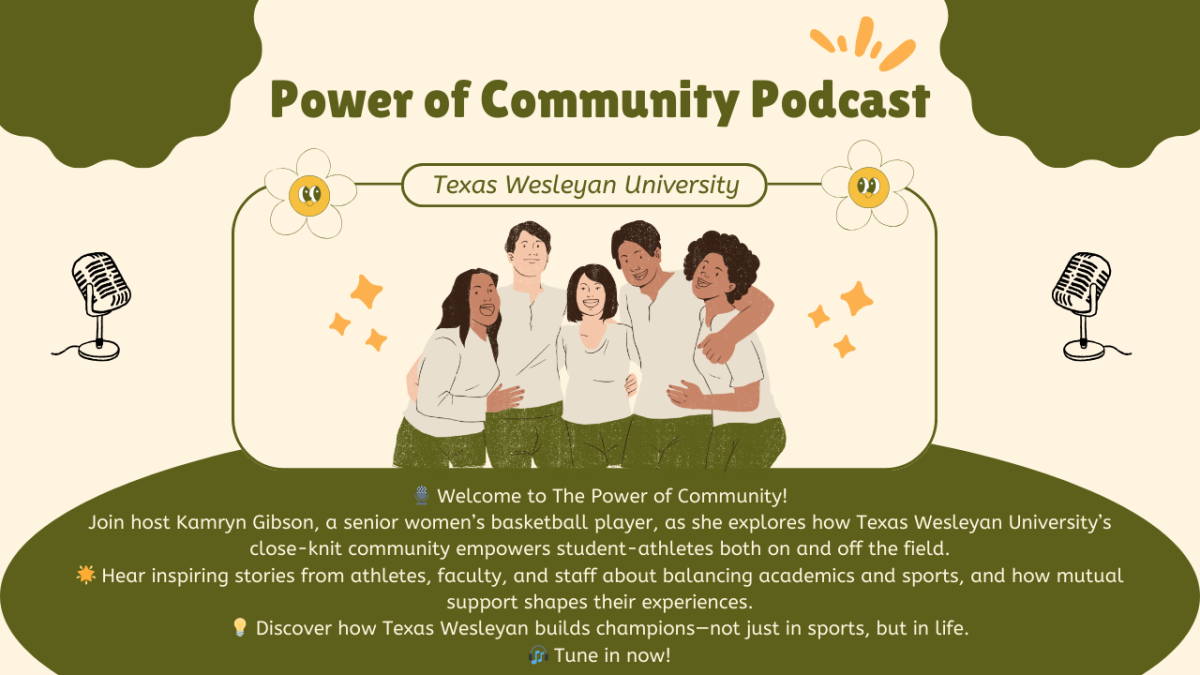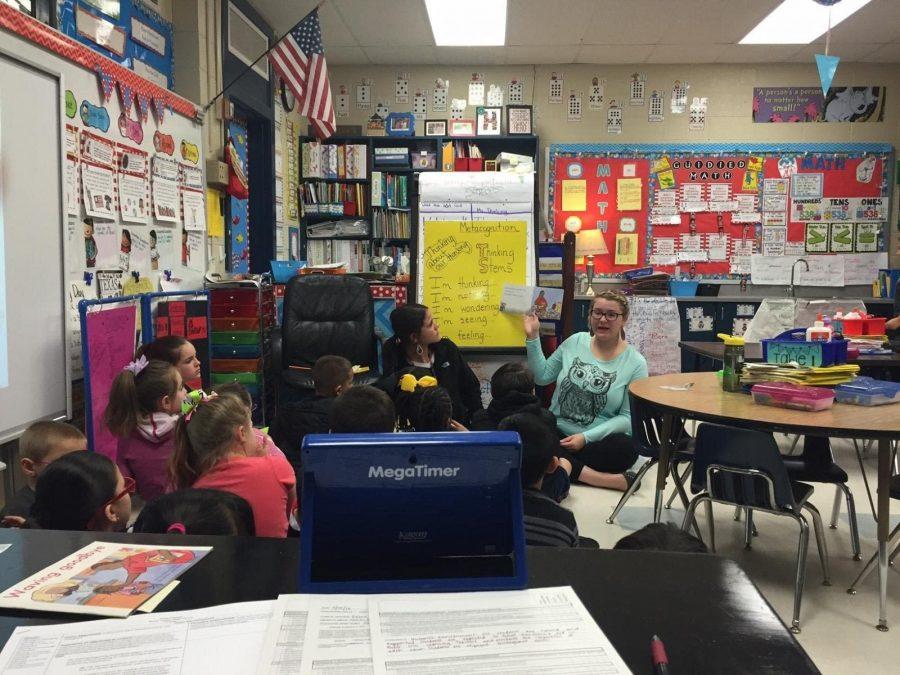Texas Wesleyan University was the first university in Texas to adopt the co-teaching model in 2011 and has been using it ever since.
Co-teaching is a method where student teachers, or teacher candidates, work together with a regular school teacher, or mentor, in an elementary or middle school classroom. The traditional method is when the student teacher observes the class for a few weeks.
The student then teaches the class by themselves for a week while the mentor sits back and observes.
Liz Ward, an associate professor of the School of Education, said that other universities in different states have already adopted the co-teaching model, but Texas Wesleyan was the first in its state to use it.
“We were the first to use it as a student teaching model,” Ward said. “Baylor University, as well as Texas A&M University and Texas A&M-Texarkana have been through the co-teaching training. So it’s becoming a model that is being used in Texas.”
Ward said the traditional method was not very effective for the teacher candidate experience because of the lack of feedback while teaching alone. So co-teaching is becoming a new method for future teachers.
Ward first introduced the model to Texas Wesleyan in 2010. She was inspired by the idea adopted by St. Cloud State University in Minnesota.
St. Cloud wanted to apply the co-teaching model with resources and several strategies to see if there were statistical gains in student teachers. “It was really St. Cloud State University that got a $5 million education grant,” Ward said. “So they looked at providing the co-teaching model with training to both the teacher candidates and mentor teachers on how to effectively collaborate.”
The tests at St. Cloud had shown a statistically significant gain of the performance in teacher candidates while teaching in a co-teaching classroom versus a traditional student teaching classroom, Ward said.
“If you train two people to work together then the student outcome increases,” Ward said. “It’s not shocking to say that if you teach two people how to work together that they’re going to have better outcomes than one person trying to.”
Wesleyan started piloting the model and sent several Wesleyan students to elementary schools in different districts. The School of Education has been using the model ever since.
Ward said both the Burleson and Fort Worth school districts have given good feedback about the co-teaching model.
“The mentor teachers said that they feel like they’ve had a better experience with the teacher candidate and that their teacher candidate grew more,” Ward said.
Jacqueline Gaffner, a professor in the School of Education, observes students who are co-teaching lessons to their class and video tapes their performances for future references.
“We’re not required to do it, but I do it because I go see them periodically throughout the semester,” Gaffner said. “And from the time I videotape them first and the time I videotape them last, you can see their confidence has built.”
Gaffner said that, based on the outcomes of the method, co-teaching has given greater achievement for teacher candidates than the traditional model.
Stephanie Skiles, senior education major, will be starting her teaching next semester and is prepared to experience the co-teaching model. However, she has heard feedback from other teacher candidates that there are difficulties with the co-teaching model.
“The hardest thing I’ve heard is maybe personality clashes,” Skiles said. “Some of the teacher candidates and mentors don’t really get along and some teachers are not good at letting go of their classroom.”
Skiles said that mentor teachers are used to running their classroom a certain way so they don’t want to release it to a student.
“They would have to release the classroom to us,” Skiles said. “And we have to run it the way that were taught. They are to come in and tell us ‘I would do this,’ or ‘How about tweaking this,’ but some teachers don’t want to do that. I think that’s the biggest issue with co-teachers.”



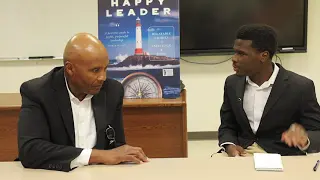
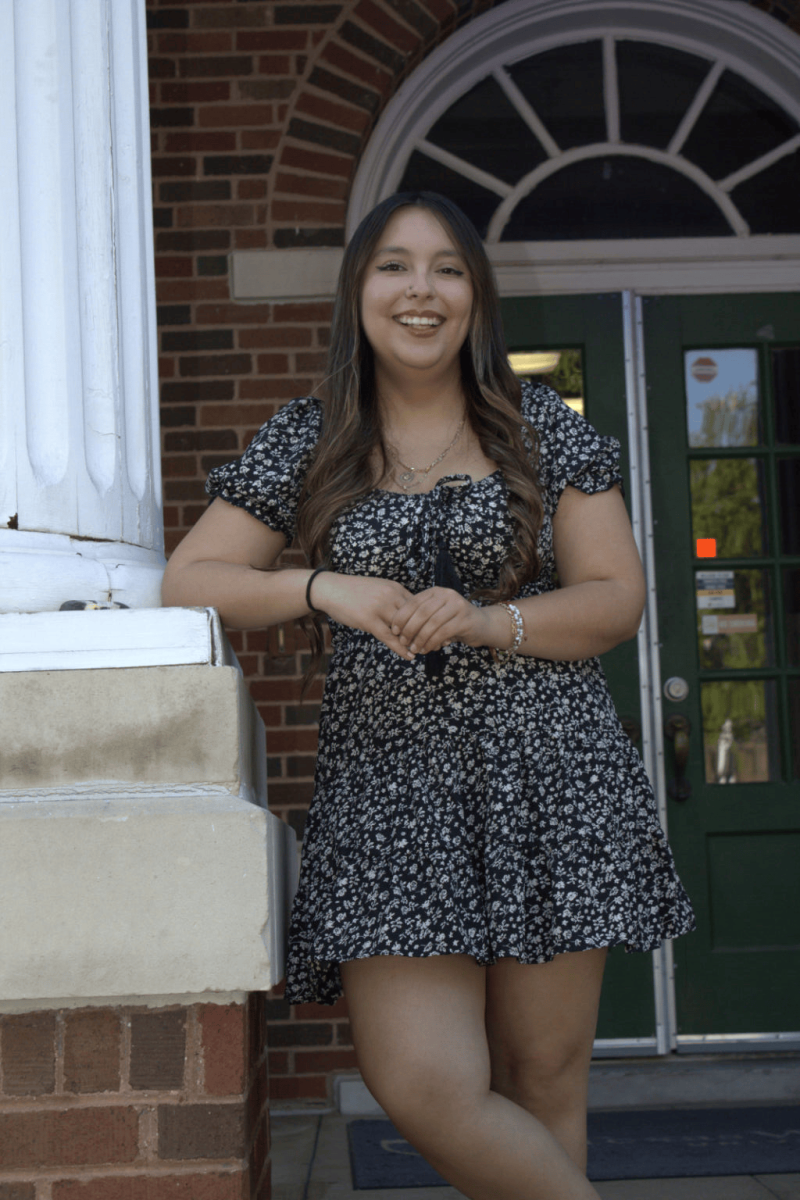
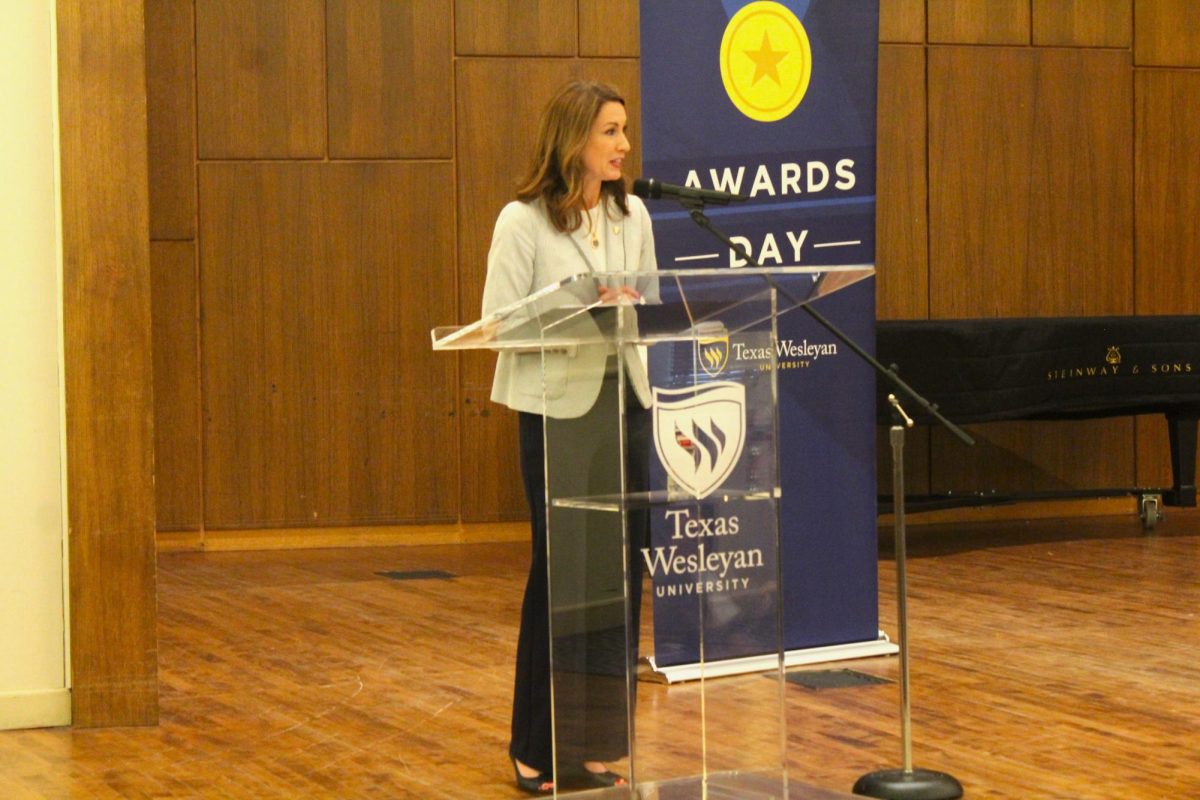
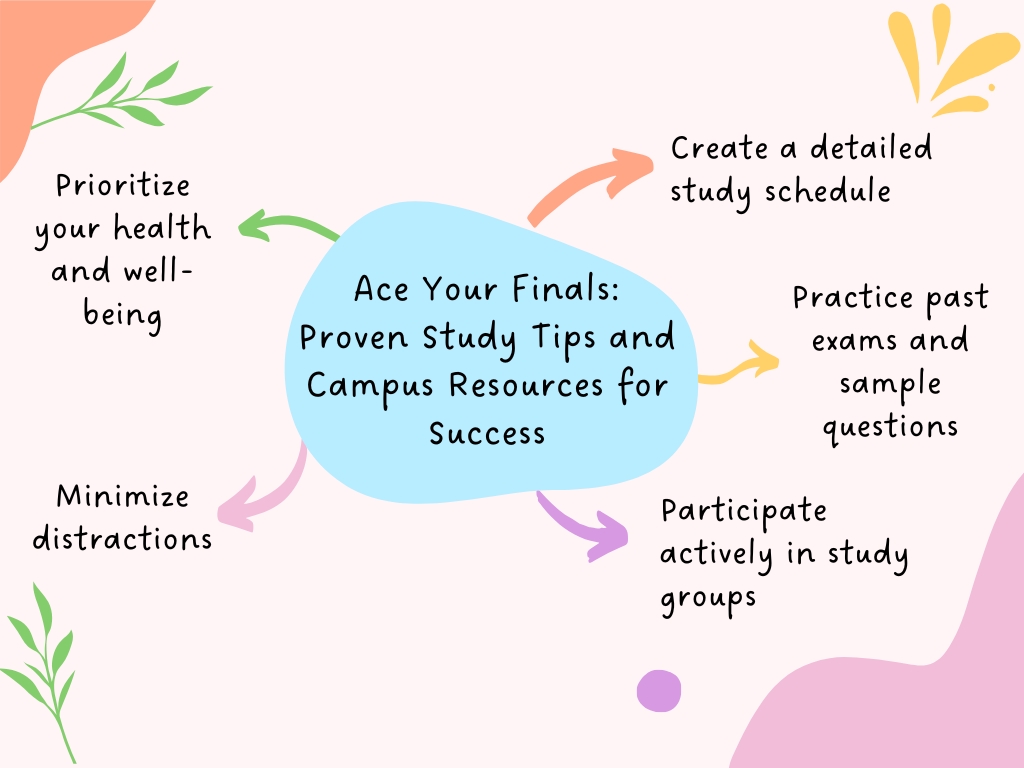


![Pippin, played by Hunter Heart, leads a musical number in the second act of the musical. [Photo courtesy Kris Ikejiri]](https://therambler.org/wp-content/uploads/2025/04/Pippin-Review-1200x800.jpg)
![Harriet and Warren, played by Trinity Chenault and Trent Cole, embrace in a hug [Photo courtesy Lauren Hunt]](https://therambler.org/wp-content/uploads/2025/02/lettersfromthelibrary_01-1200x800.jpg)
![Samantha Barragan celebrates following victory in a bout. [Photo courtesy Tu Pha]](https://therambler.org/wp-content/uploads/2025/05/20250504_164435000_iOS-834x1200.jpg)
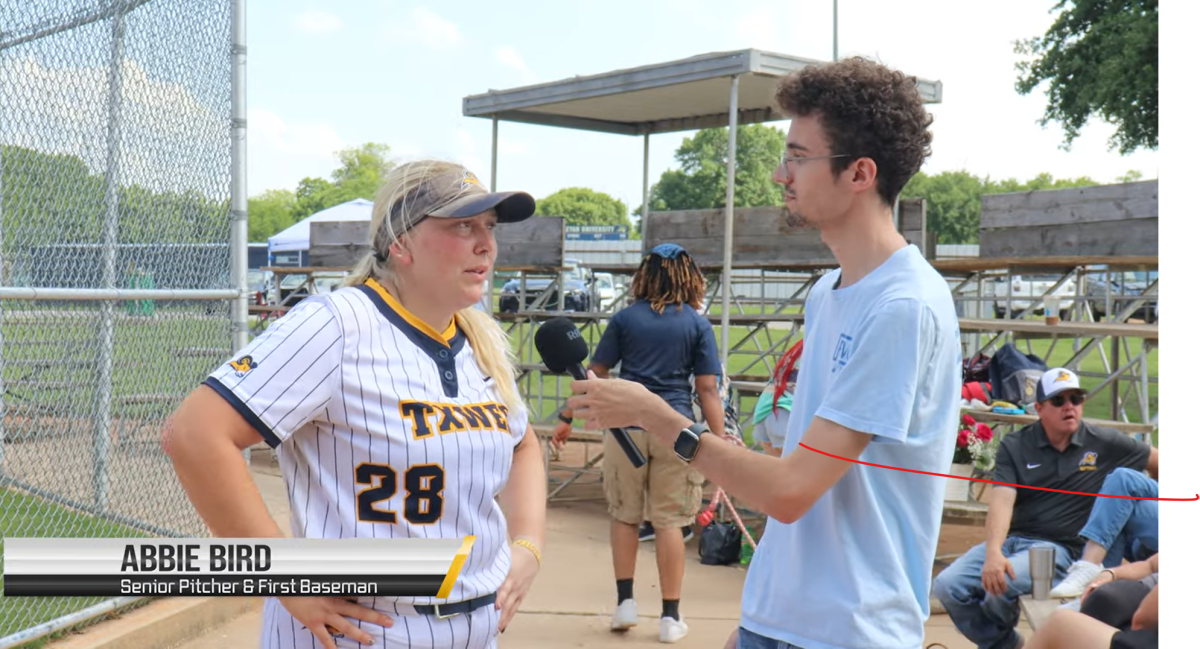
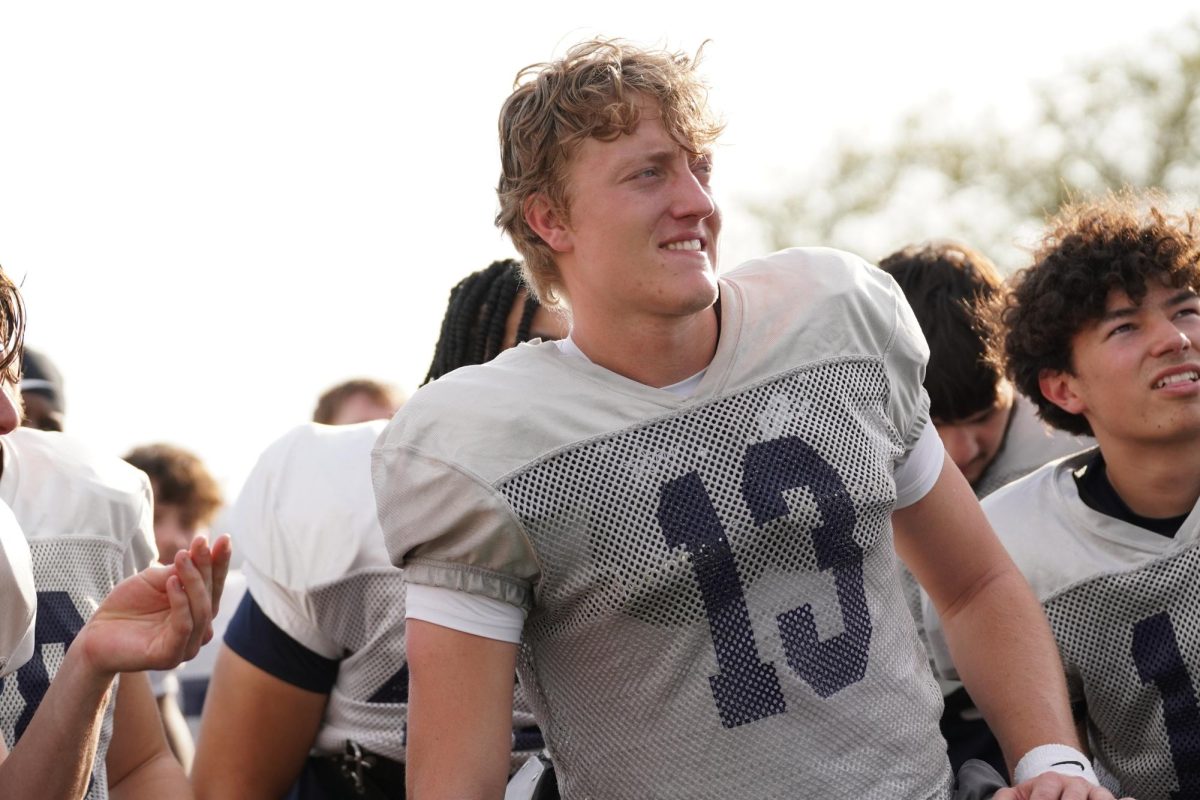

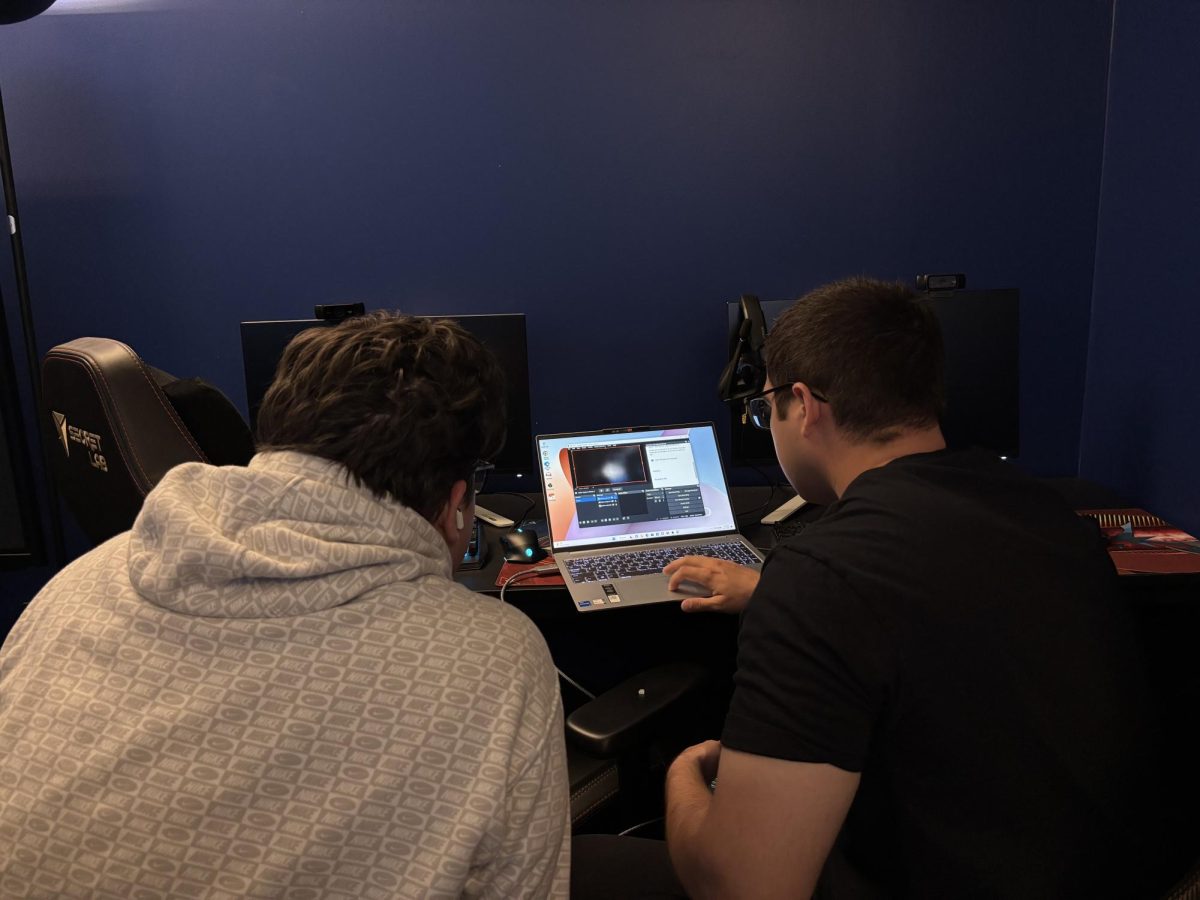
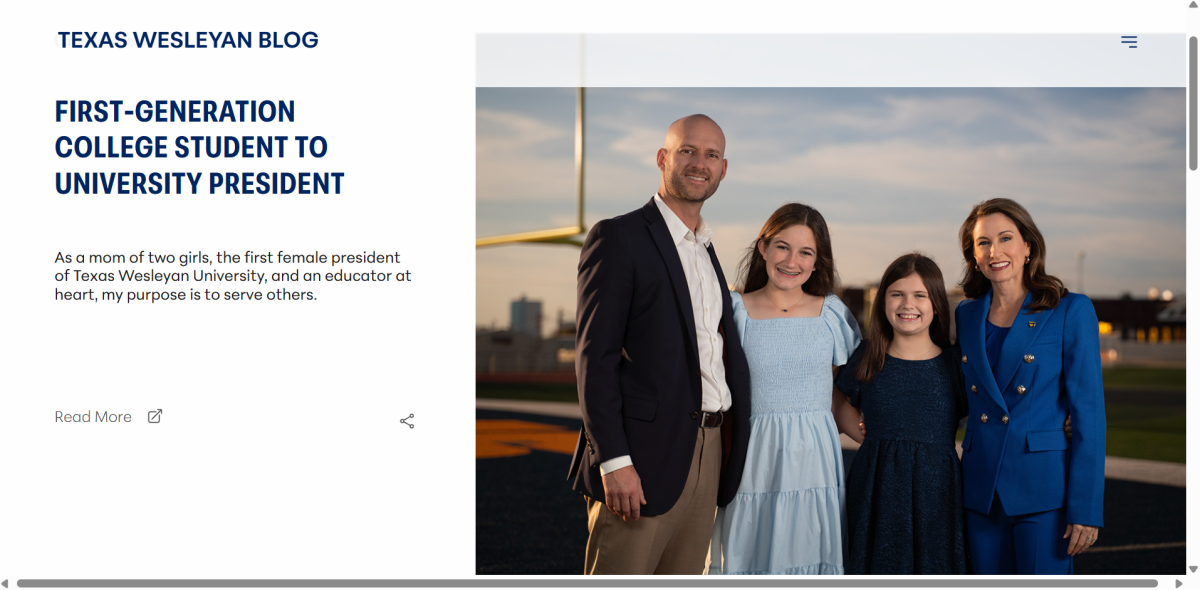
![Hunter Heart (center), the play's lead, rehearses a scene alongside other student actors. [Photo courtesy Jacob Sanchez]](https://therambler.org/wp-content/uploads/2025/04/thumbnail_IMG_8412-1200x816.jpg)
![Student actors rehearse for Pippin, Theatre Wesleyan's upcoming musical. [Photo courtesy Jacob Rivera-Sanchez]](https://therambler.org/wp-content/uploads/2025/04/Pippin-Preview-1200x739.jpg)
![[Photo courtesy Brooklyn Rowe]](https://therambler.org/wp-content/uploads/2025/05/CMYK_Shaiza_4227-1080x1200.jpg)
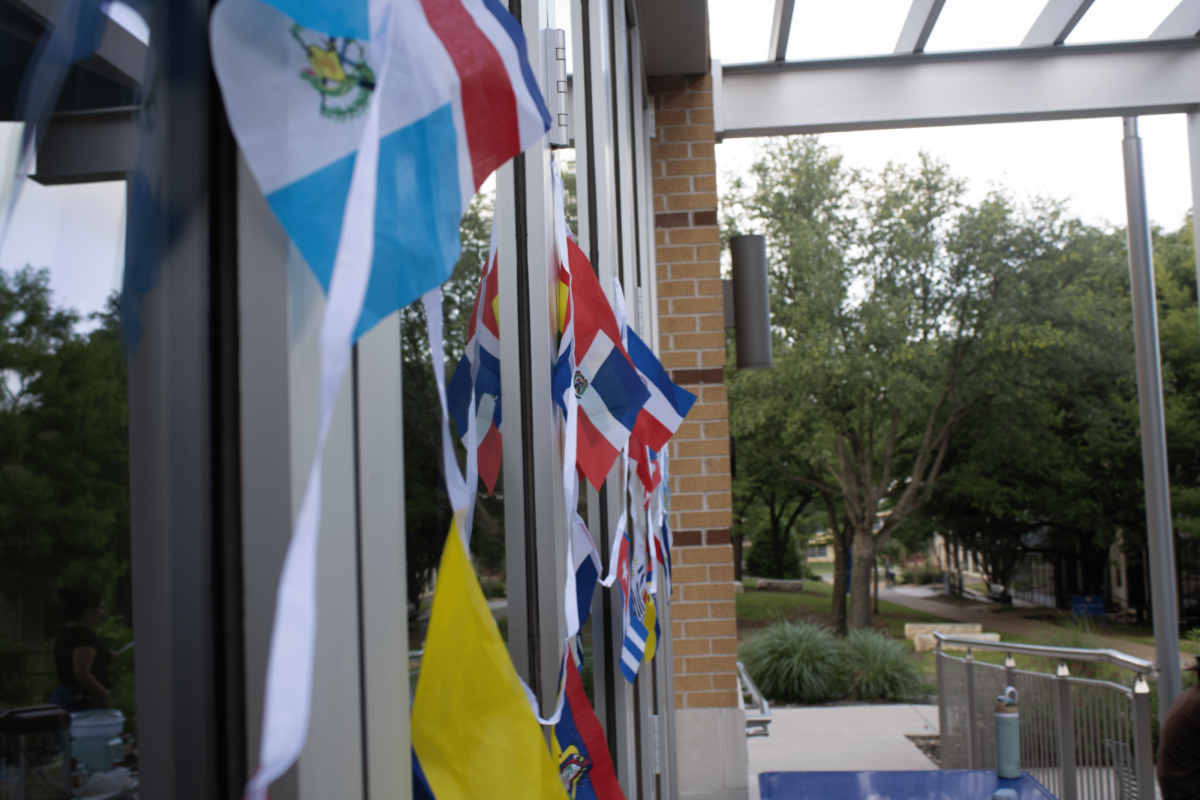
![Lady Rams softball wraps up weekend against Nelson Lions with a victory [6 – 1]](https://therambler.org/wp-content/uploads/2025/04/Screenshot-2025-04-04-100924-1200x647.png)
